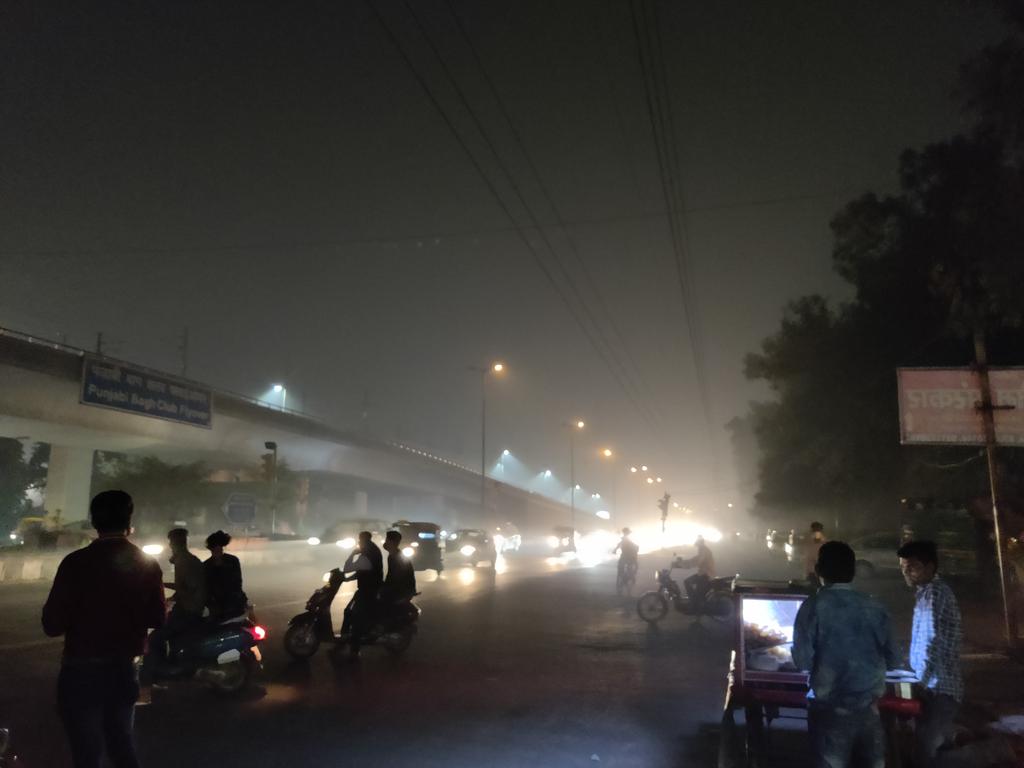
Delhi’s air quality ‘severe’ after Diwali, but wind conditions may help
Delhi’s air quality, which was already in the ‘severe’ category, worsened further on Diwali day as the firecracker ban was flouted across the capital.

Delhi’s air quality, which was already in the ‘severe’ category, worsened further on Diwali day as the firecracker ban was flouted across the capital.
The overall real-time air quality index (AQI) around 12 pm on November 15 breached the 500 mark and was recorded at 525 by SAFAR (System of Air Quality and Weather Forecasting and Research), a body under the Union Ministry of Earth Sciences. The AQI average of the past 24 hours, however, was 435.
An AQI of 0-50 is considered ‘good’, 51-100 ‘satisfactory’, 101-200 ‘moderate’, 201-300 ‘poor’, 301-400 ‘very poor’, and 401-500 ‘severe’. Above 500 is the ‘severe-plus or emergency’ category.
One positive development, however, was the picking up of boundary layer winds and the change in direction to easterly, which is not favourable for stubble-related fire intrusion.
Also read: Last-minute cracker ban will cut pollution, but cost poor their livelihood
“Effective stubble fire counts (with sufficient potential) estimated from SAFAR-multi-satellite products are significantly reduced to around 350 yesterday in contrast to around 2,586, a day before. In view of this, stubble burning share in PM2.5 in Delhi’s air is almost negligible and estimated at around four per cent for today,” a forecast by SAFAR said.
The hourly average concentrations of particulate matter (PM) 2.5 (particles with a diameter of less than 2.5 microgramme) on Diwali night and in the wee hours touched more than 1,000 μg / m3 at many locations.
The average concentration of PM2.5 and PM10 was five times more than permissible limits. Around 12 pm on November 15, the values of PM2.5 and PM10 were recorded at 375 microgramme per cubic metre (μg / m3) and 537 μg / m3. The safe limits are 60 and 100 μg / m3 respectively.
Also read: Annual chaos over crackers isn’t enough to tackle the toxic air
Experts say that windy conditions are likely to prevail now that will facilitate faster dispersion of pollutants.
The National Green Tribunal had ordered a total ban on sale or use of all kinds of firecrackers between November 10 and 30 in all cities and towns across the country where the average ambient air quality in November fell under the ‘poor’ and above category.


